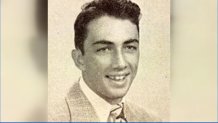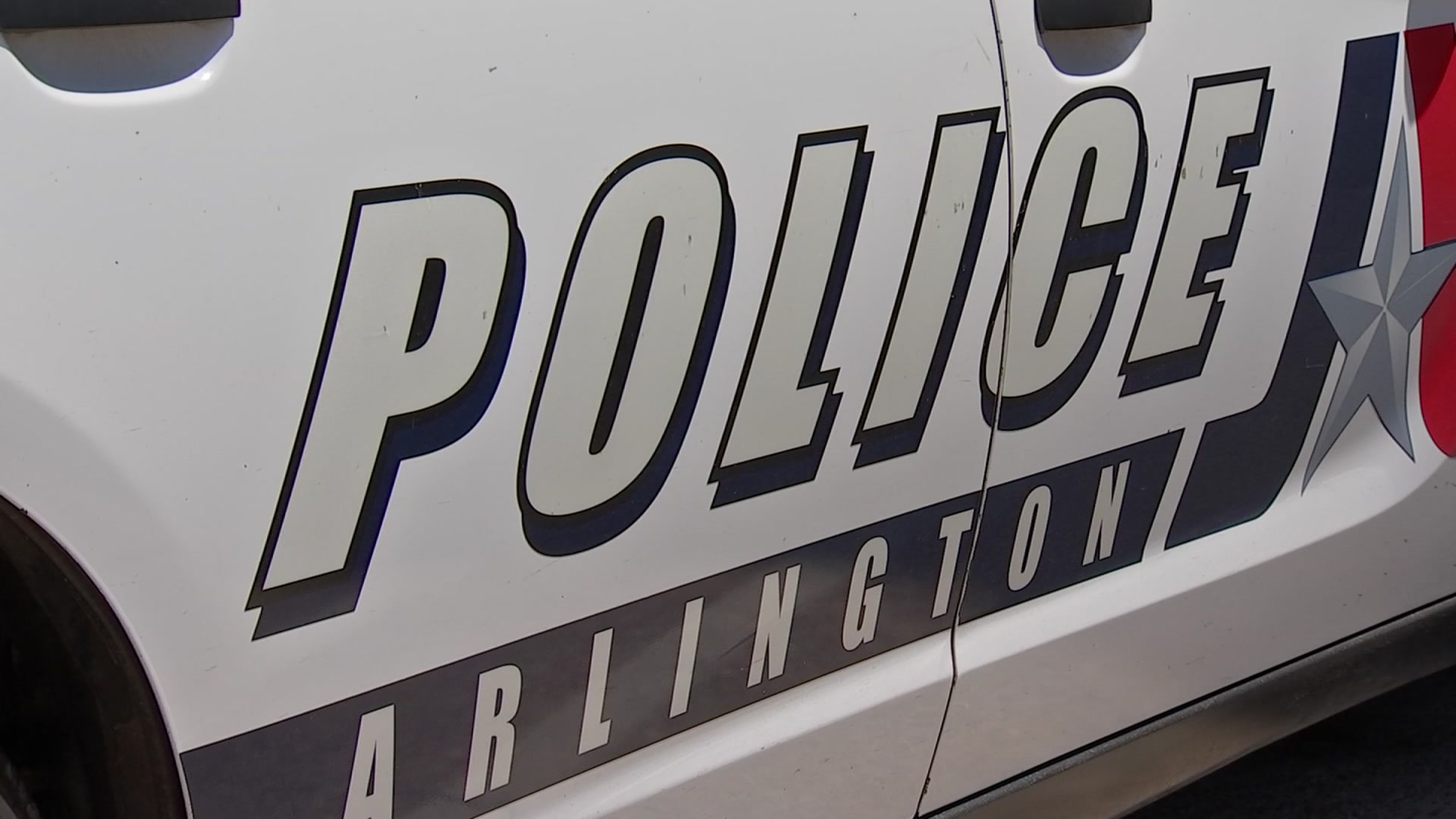A U.S. Marine from Dallas, missing in action since he was killed in the Korean War in 1950, finally returned to North Texas Friday.
His surviving relatives only learned 6 weeks ago that the remains of Grady Crawford had been identified.
His sister-in-law Nancy Dice, who now lives in Indiana, was shocked to receive a telephone call out of the blue from the U.S. Marine Corps with the news.
"Seventy years have gone by. I'd never have thought I'd find him. How do you find a body that's 70 years old somewhere," Dice said.
Grady Crawford attended Woodrow Wilson High School in East Dallas. He was an athlete and member of the ROTC.

"He was a warrior in the making and he chose his senior year to sign up for the Korean War. He wanted to go," said his niece Colleen Crawford.
Local
The latest news from around North Texas.
His nieces say their father spoke often before he died about his older brother Grady, who was a 22-year-old U.S. Marine when he was killed in Korea at Chosin Reservoir.
It was one of the toughest battles in American history.
Around 15,000 U.S. and United Nations casualties were reported in the fighting through 17 days of freezing cold weather, but several times more Chinese soldiers were killed.
"They called it an advance to the rear," Korean war expert Hal Barker said.
"The Marine Corps considers that to be one of the greatest battles."
In an East Dallas apartment, not far from where Crawford grew up, Barker started the Korean War Project website in 1995 to track the thousands of missing in action.
"The work we do would have cost the government millions and millions of dollars and we did it for free," Barker said.
He and his brother Ted Barker provide information to families including Crawford's relatives.
"This was really luck of the draw that they were able to identify him when there are so many others. But it gives hope to the families," Ted Barker said.
The Barkers said Grady Crawford's remains were among a large number taken from Korea to Hawaii in 1954 and placed in a National Memorial Cemetery dubbed Punch Bowl. In 2012, the U.S. government began a new identification effort of the remains buried in mass graves using new and improved DNA technology.
But the Marine Corps told Crawford's relatives that his identification in Hawaii was made using only dental records. It turns out the Marines saved detailed information all these years about dental work Crawford received while on active duty before he died.
"The whole thing is a miracle. It's just been one after the other," said Crawford's niece Christi Crawford.
Emotional relatives gathered at DFW Airport Friday afternoon as Crawford's casket finally arrived from Hawaii.
A funeral service is planned Saturday at 4 p.m. at Restland Cemetery on Greenville Avenue in Dallas, where other members of Crawford's family already lie in peace.
"There's so many thousands of people who haven't had that kind of closure. I just pray that this gives them hope, because this is amazing," Christi Crawford said.
One more amazing part of the story is that the Barkers believe they are related to Crawford, too.
"It appears that we are distant cousins by marriage," Hal Barker said.
Off all the identifications the Korean War Project helped connect, Grady Crawford was close to home in more ways than one.



